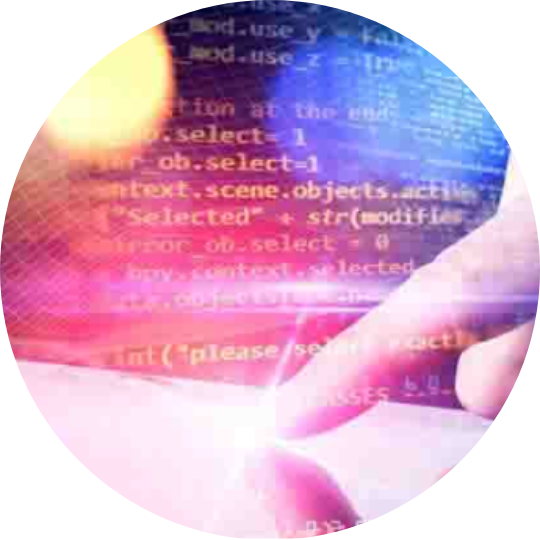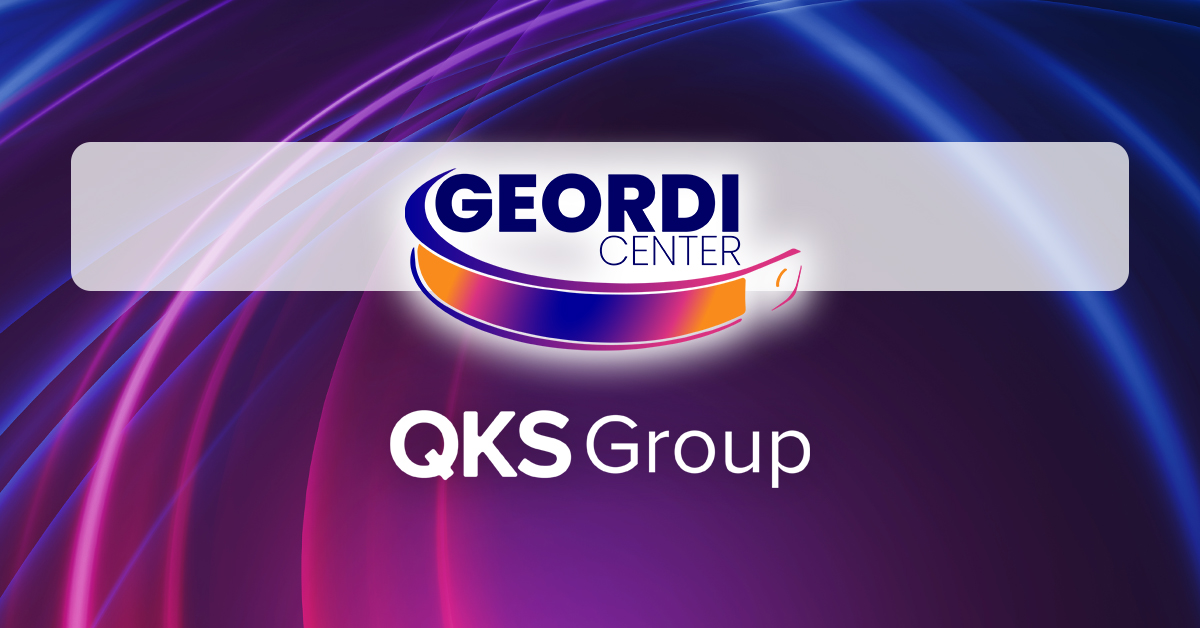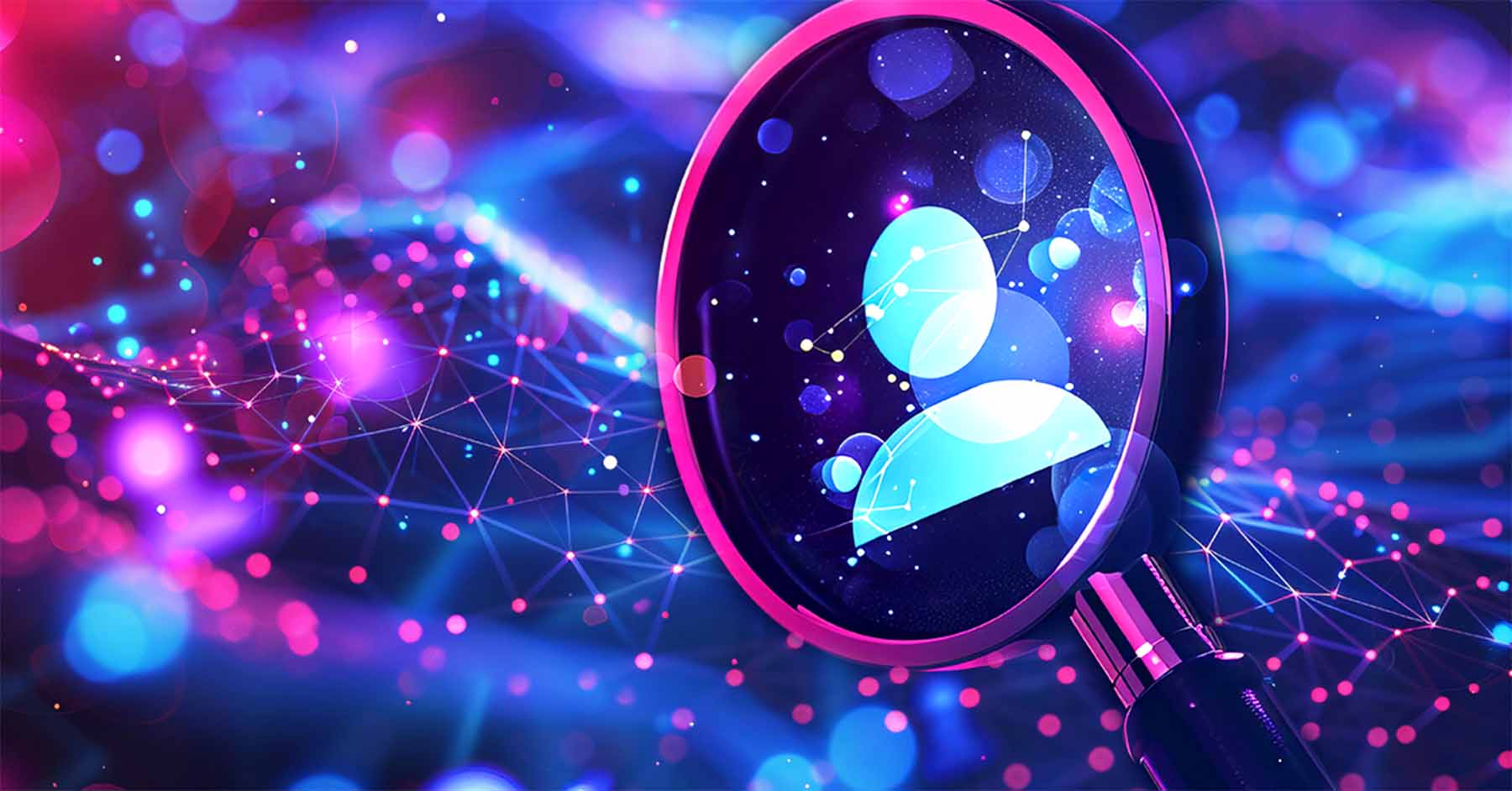- Managed Services and IT Support
- DaaS


Marketing Compucom
With the urgency of current healthcare worker shortages, strategies for attracting and retaining top talent are front of mind for organizational leaders. This puts Employee Experience (EX) — the employee’s overall impression of an organization based on all the interactions they have from onboarding to offboarding — in the spotlight.
Because such tasks as managing patient data, tracking treatment plans, scheduling appointments, and using telemedicine and barcode medication administration systems can make up a sizable percentage of a healthcare worker’s day, high-performing technology is fundamental to good employee experience.
User-Centric Services: Device Choice and Personalized Tech Support
Device as a Service (DaaS): A Budget-Conscious Way to Provide Great Devices
Device as a Service (DaaS) is a leasing model that provides laptops, tablets, and smartphones bundled with a complete set of features and services covering the entire lifecycle of the device into a single, per-device monthly contract. It’s a scalable solution that allows you to easily shrink or grow your fleet of devices as needed without incurring significant upfront costs.
The benefits to healthcare employee experience include:
- Access to the latest technology
For the best patient care, hospital staff needs up-to-date equipment that works efficiently. Device offerings are on a regular refresh cycle (typically three years), ensuring access to current devices without incurring additional costs
- Simplified device management
Device management, maintenance, security, and support can be part of the DaaS package, freeing your staff from time-consuming tasks such as software updates, security patches, and troubleshooting
Personalized Technology Support Services: Help to Suit Each Healthcare Worker and Situation
Health information technologies are implicated as a contributing factor to clinician burnout. With the pressures and fatigue that clinicians face as part of the job, it’s critical to ensure that, should they run into technical issues, they always have access to high-quality support in the way that suits them and the situation best.
Look for personalized support services to provide proactive incident resolution with multi-channel engagement through voice (with a courtesy call-back feature), text, email, digital assistance (which unifies AI chat and live agent chat), and a digital engagement platform for self-help and self-service.
Experience Management Across All IT Services
Continuous Improvement of Employee Experience
Experience Management (XM) is a process for measuring, managing, and improving employee experience. Sources of important data such as endpoint telemetry (including application, operating system, and device data), service metrics (availability, use rate, and reliability data), event sensors, targeted employee surveys, and user-sentiment analysis are used to generate performance indicators.
Insights are developed from the collected data using Artificial Intelligence/Machine Learning (AI/ML). Then actionable insights are generated, either automatically or by experienced analysts.
Experience Management (XM) is a Game Changer
Using Experience Management (XM) processes helps determine the right improvements and actions to take across a breadth of services. For example:
- Programmed automated responses, such as self-heal actions triggered by sensor events
- Knowledgebase content updates or improved chat scripts
- Empowering service desk agents with one-click automation to resolve a common issue on endpoint devices
XM is a game changer for our customers. We can now provide them with a view into their employees’ sentiments, burnout, and frustration and enable insight into how best to fix potential pain points, sometimes before the user is even aware of an issue.
Compucom: The Right Partner for Healthcare Technology
With the significantly higher rates of burnout and stress in healthcare, your staff shouldn’t have to wait on technology and IT services that don’t perform well; their focus should be achieving a reasonable work-life balance and caring for patients.
Compucom has strong relationships with popular OEMs for you to choose from, such as HP®, Lenovo®, Intel®, Dell®, and Apple®. We also design all our services around EX.
Our focus is creating ideal technology experiences for end users, proactively keeping them connected, productive, and secure. Our solutions minimize technical frustrations and barriers to productivity while giving a nod to today’s workers’ expectations that are heavily influenced by their consumer experiences.
RecenT

Opportunity in Uncertainty: Turning 6 Top IT Challenges into Strategic Advantages

Navigating Uncertainty: Mitigate Risk and Unlock Opportunity with Strategic IT Sourcing

Future-Ready IT: Strategies to Optimize, Adapt, and Lead Through Uncertainty

Reimagining IT with the FLO Framework: Inside Compucom’s Geordi Center for Interactive Managed Services and Digital Workplace Solutions

Opportunity in Uncertainty: Optimize Your Remote, Hybrid, or In-Office Setup

9 Ways Strategic IT Staffing Empowers Organizations
TOPICS
3 Ways Technology Can Ease Pressure on Healthcare Workers
- Managed Services and IT Support
- DaaS

Marketing Compucom
With the urgency of current healthcare worker shortages, strategies for attracting and retaining top talent are front of mind for organizational leaders. This puts Employee Experience (EX) — the employee’s overall impression of an organization based on all the interactions they have from onboarding to offboarding — in the spotlight.
Because such tasks as managing patient data, tracking treatment plans, scheduling appointments, and using telemedicine and barcode medication administration systems can make up a sizable percentage of a healthcare worker’s day, high-performing technology is fundamental to good employee experience.
User-Centric Services: Device Choice and Personalized Tech Support
Device as a Service (DaaS): A Budget-Conscious Way to Provide Great Devices
Device as a Service (DaaS) is a leasing model that provides laptops, tablets, and smartphones bundled with a complete set of features and services covering the entire lifecycle of the device into a single, per-device monthly contract. It’s a scalable solution that allows you to easily shrink or grow your fleet of devices as needed without incurring significant upfront costs.
The benefits to healthcare employee experience include:
- Access to the latest technology
For the best patient care, hospital staff needs up-to-date equipment that works efficiently. Device offerings are on a regular refresh cycle (typically three years), ensuring access to current devices without incurring additional costs
- Simplified device management
Device management, maintenance, security, and support can be part of the DaaS package, freeing your staff from time-consuming tasks such as software updates, security patches, and troubleshooting
Personalized Technology Support Services: Help to Suit Each Healthcare Worker and Situation
Health information technologies are implicated as a contributing factor to clinician burnout. With the pressures and fatigue that clinicians face as part of the job, it’s critical to ensure that, should they run into technical issues, they always have access to high-quality support in the way that suits them and the situation best.
Look for personalized support services to provide proactive incident resolution with multi-channel engagement through voice (with a courtesy call-back feature), text, email, digital assistance (which unifies AI chat and live agent chat), and a digital engagement platform for self-help and self-service.
Experience Management Across All IT Services
Continuous Improvement of Employee Experience
Experience Management (XM) is a process for measuring, managing, and improving employee experience. Sources of important data such as endpoint telemetry (including application, operating system, and device data), service metrics (availability, use rate, and reliability data), event sensors, targeted employee surveys, and user-sentiment analysis are used to generate performance indicators.
Insights are developed from the collected data using Artificial Intelligence/Machine Learning (AI/ML). Then actionable insights are generated, either automatically or by experienced analysts.
Experience Management (XM) is a Game Changer
Using Experience Management (XM) processes helps determine the right improvements and actions to take across a breadth of services. For example:
- Programmed automated responses, such as self-heal actions triggered by sensor events
- Knowledgebase content updates or improved chat scripts
- Empowering service desk agents with one-click automation to resolve a common issue on endpoint devices
XM is a game changer for our customers. We can now provide them with a view into their employees’ sentiments, burnout, and frustration and enable insight into how best to fix potential pain points, sometimes before the user is even aware of an issue.
Compucom: The Right Partner for Healthcare Technology
With the significantly higher rates of burnout and stress in healthcare, your staff shouldn’t have to wait on technology and IT services that don’t perform well; their focus should be achieving a reasonable work-life balance and caring for patients.
Compucom has strong relationships with popular OEMs for you to choose from, such as HP®, Lenovo®, Intel®, Dell®, and Apple®. We also design all our services around EX.
Our focus is creating ideal technology experiences for end users, proactively keeping them connected, productive, and secure. Our solutions minimize technical frustrations and barriers to productivity while giving a nod to today’s workers’ expectations that are heavily influenced by their consumer experiences.
Recent Blogs

Opportunity in Uncertainty: Turning 6 Top IT Challenges into Strategic Advantages

Navigating Uncertainty: Mitigate Risk and Unlock Opportunity with Strategic IT Sourcing

Future-Ready IT: Strategies to Optimize, Adapt, and Lead Through Uncertainty

Reimagining IT with the FLO Framework: Inside Compucom’s Geordi Center for Interactive Managed Services and Digital Workplace Solutions

Opportunity in Uncertainty: Optimize Your Remote, Hybrid, or In-Office Setup




